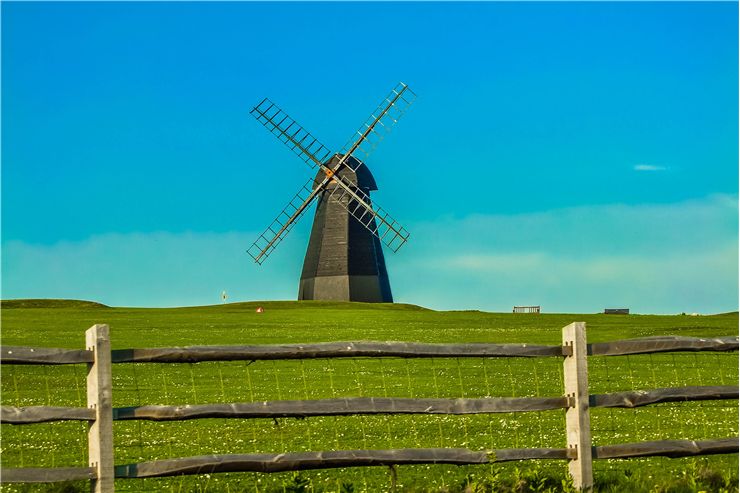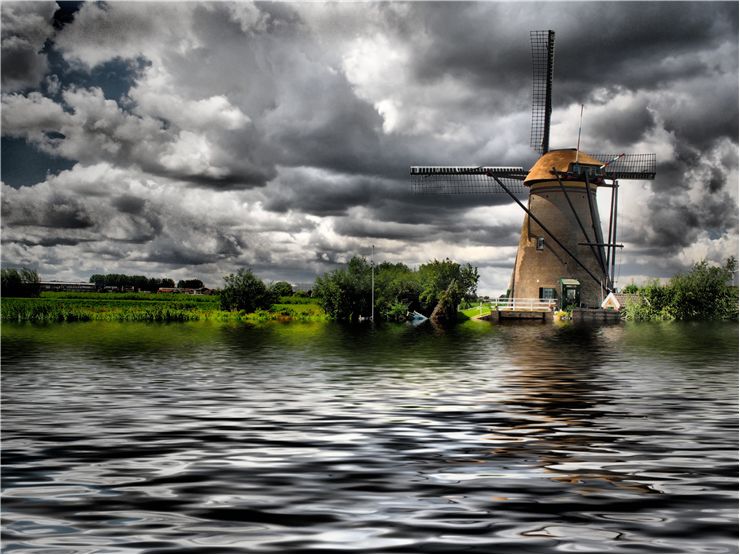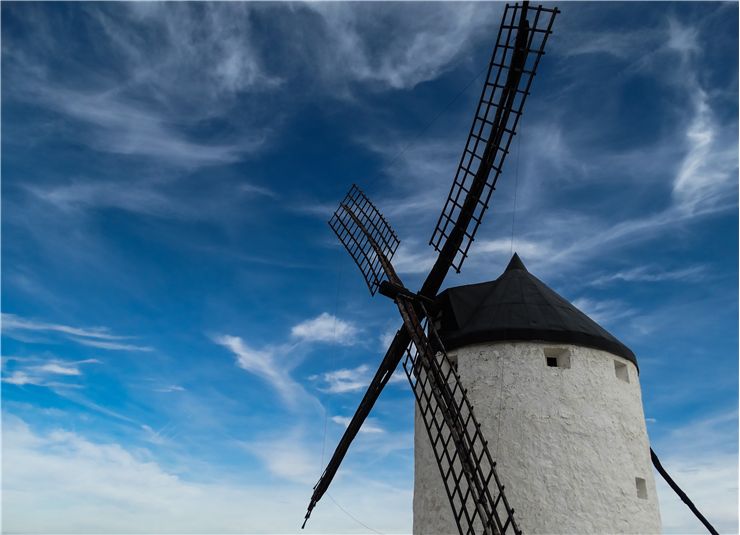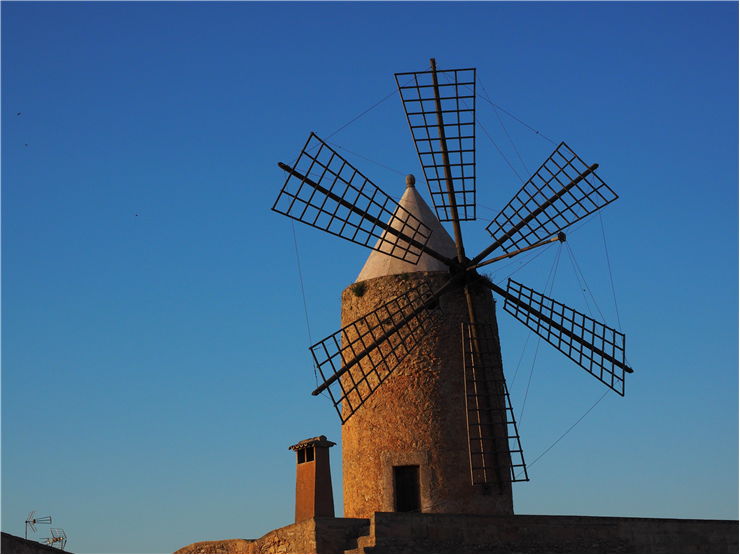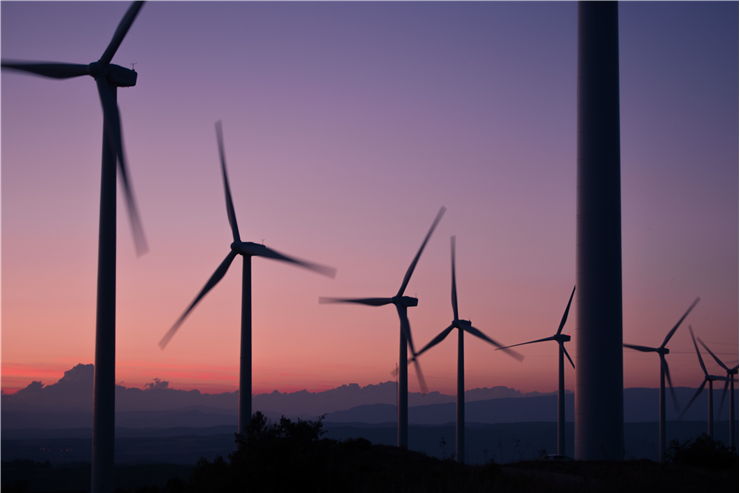History of Windmills
Windmills represent one of the key pieces of technology that enabled our ancestors to transform the power of the wind into a physical force that can be used for countless things, from most traditional jobs such as grinding grains and moving water, to the many more industrial and agricultural needs.
Windmill History
Before introduction of steam engines and electricity, the only source of power that humankind had the ability to control was wind. Wind powered not only our sailing ships, but also hundreds of thousands of windmills that were and still are used all around the world.
Windmill Facts
Facts about windmills cover many interesting topics that range about interesting factoids about their history, their constructions, types of sails they used and many other things that will surely surprise you.
List of Windmills
Windmills have long and rich history in many countries all around the world. If you are interested in to research or visit most popular windmills, here you can find list of them. Here you can find list of the most famous windmills from all around the world.
Brief History of Windmills
Because of the simple principles of windmills operation, over the last one thousand years, windmills became commonly made all around the world. However, even after their popularity was dramatically reduced in the 19th and 20th century with the arrival of steam and electricity-powered machines, today windmills are still actively used all around the world. Their two most popular usage scenarios are electricity turbines which are becoming more and more able to provide serious potential of generation of power, and windpump windmills that are often placed in remote locations where self-sustaining machines are needed to provide regular movement of water either for agriculture or for accessing water from deep underground wells.
History of windmills reaches back 3700 years, all way to the 2nd millennia BC when Babylonian ruler Hammurabi supposedly unveiled his plans to convert the power of the wind using automated network of irrigation windmills that would provide water to his land. But his plan was never realized, and historians never found concrete proof that he made any significant headway. More than 1,500 years later Greek engineer Heron of Alexandria captured the power of the wind using windmill that was part of one of the earliest examples of the musical instrument called organ. Half a world away in Tibet and China, windmills were used in a much smaller form – form of prayer wheels.
Modern windmills as we know them today started first appearing around 8th and 9th century in middle east and Western Asia. Initially popularized by Muslims, windmills soon arrived in India, China and Europe, where they went through several cycles of incredible innovation. First examples of Post Mills started being made around 11th century, with more advanced models of Tower and Smock mills being made in the following centuries. Two countries that were home of the most wind mills were England and Netherlands, but many other European countries also adopted windmills and their usefulness. Netherlands had so many of them that they dedicated significant landmass area to the foundation of windmill-based industry, which remained in use for several centuries. Immigrants who settled in North America brought with them knowledge of making windmills, which were mostly used for creation of windpumps. In the height of the popularity of windpump mills in 1930, US hosted over 600 thousand of them. Many of them are still active today being used mostly in remote locations that lack water distribution infrastructure.
Wind turbines started being made as far back as 1887, and after 1900s more and more wind pump windmills gained ability to generate electricity as their secondary job. In 1941 first megawatt-class wind turbine was created in United States, and decade later UK started powering the part of their power grid with wind turbines. The true renaissance of wind turbine popularity, research and development happened after 1970s when it became obvious that the oil and gas prices will continue to rise in the coming decades. Many governments around the world provided funds and incentives for building and developing more efficient wind turbines, and in 2012 there was over 45 thousand wind turbines active in the world, with more and more being introduced with each year.
